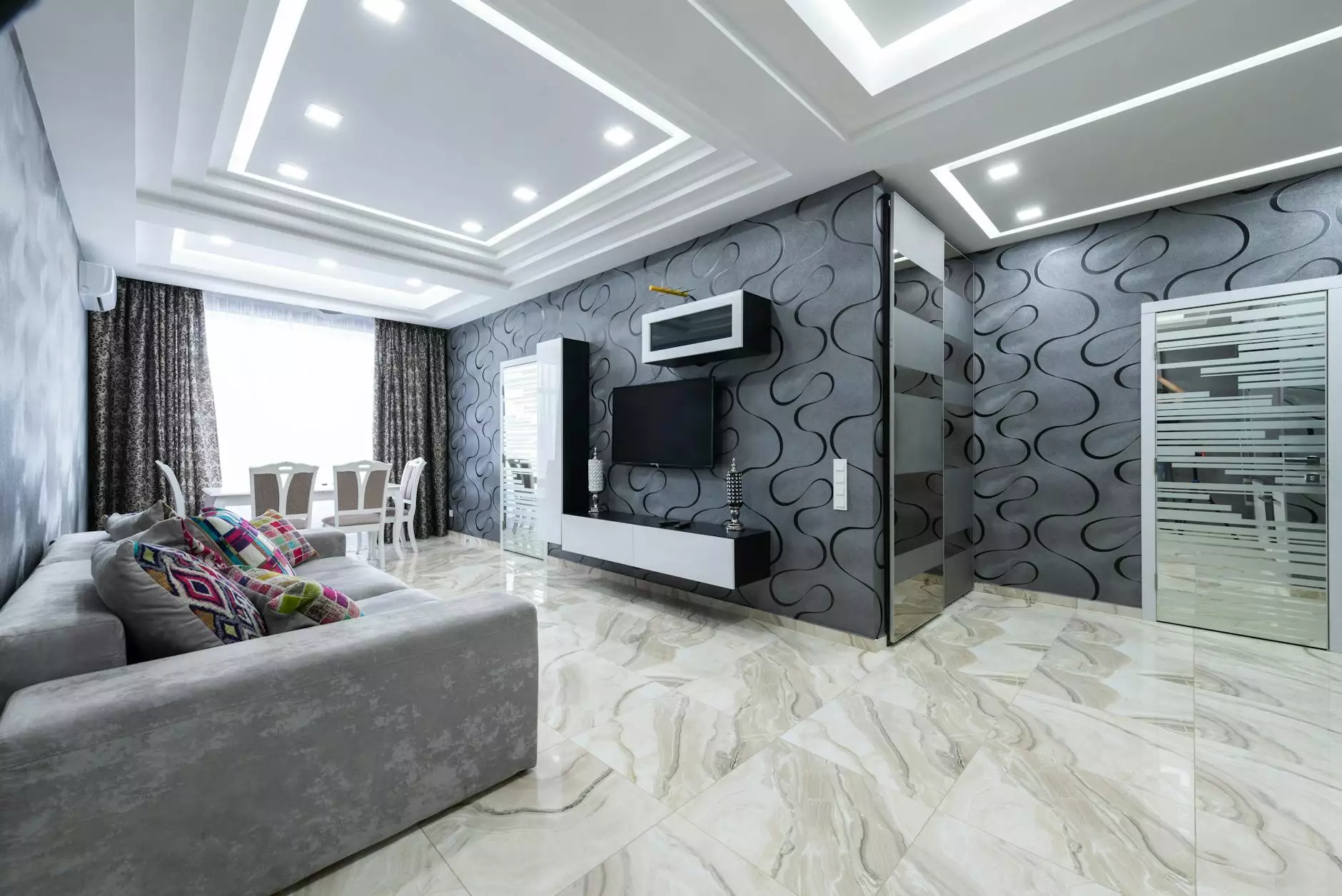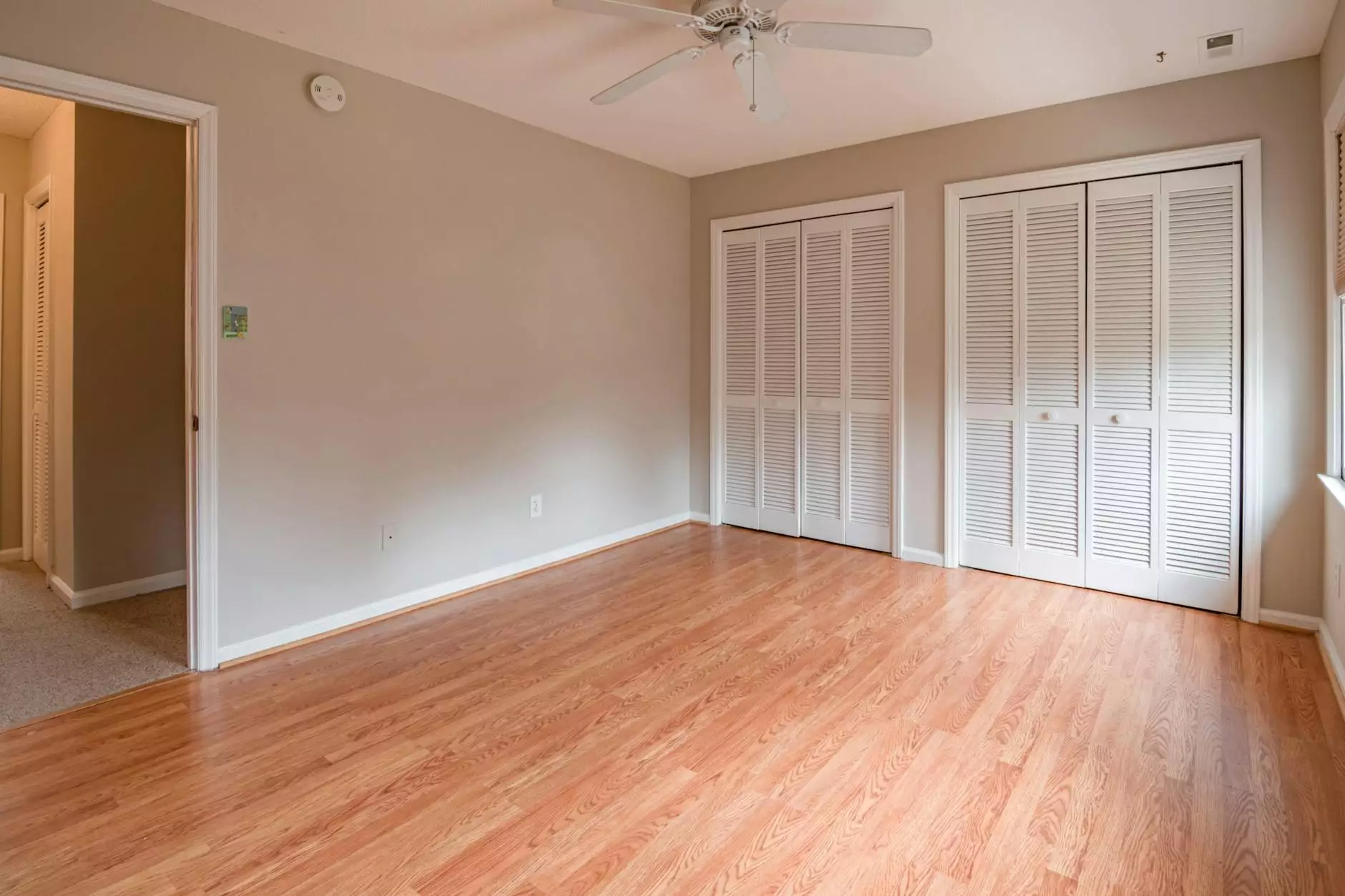Making Storyboards: The Essential Guide for Graphic and Web Design

In the realm of Graphic Design and Web Design, the journey from an initial concept to a polished final product often begins with careful planning and visualization. One of the most effective tools for this process is making storyboards. This technique not only helps in organizing ideas but also enables designers to communicate their vision clearly and effectively. In this comprehensive guide, we will delve into the significance of storyboarding in design, explore its benefits, and provide you with practical steps to create compelling storyboards that resonate with your audience.
Understanding the Concept of Storyboarding
Storyboarding is a visual representation of a sequence of events or concepts. Just like in film production, where storyboards outline scenes and actions, in graphic and web design, storyboards serve as a blueprint for your projects. They help you visually unfold your ideas to ensure clarity and coherence in your design narrative.
History and Evolution of Storyboarding
- Origins in Film: The concept of storyboarding dates back to the early days of cinema, where filmmakers needed a way to plan out scenes before actual shooting.
- Adoption in Animation: Animated films have utilized storyboards for decades, allowing animators to visualize movements and story flow.
- Digital Era: With the rise of technology, storyboarding has transitioned into various fields, including graphic design and web design, adapting to the needs of modern creatives.
Why Making Storyboards is Essential for Designers
Creating storyboards can significantly enhance various aspects of the design process. Here are key reasons why designers should prioritize making storyboards:
1. Facilitating Communication
Storyboards allow designers to communicate their ideas to clients and team members effectively. By visually representing concepts, stakeholders can grasp the design intent and provide valuable feedback.
2. Streamlining the Design Process
Through the process of storyboarding, designers can identify potential issues and solutions early on. This foresight helps in avoiding time-consuming revisions later in the project.
3. Enhancing Creativity
Storyboarding encourages creative thinking. By sketching out ideas, designers can explore different narratives and visual styles, ultimately leading to more innovative outcomes.
4. Saving Time and Resources
Investing time in making storyboards upfront can save significant time during production. With a clear path laid out, designers can execute their visions more efficiently and effectively.
Steps for Making Effective Storyboards
When you're ready to embark on making storyboards, follow these steps to create an impactful visual guide for your projects:
Step 1: Define Your Objective
Before you start sketching, clarify the objectives of your design project. What message are you trying to convey? Who is your target audience? Understanding the goals will help you create a focused storyboard.
Step 2: Gather Resources
Compile any necessary resources that will aid you in the storyboarding process. This can include:
- Content: Gather text, images, or videos that you want to include in your storyboard.
- Reference Material: Look for inspiration from existing storyboards or similar projects.
Step 3: Create a Template
Design a storyboard template that suits your project. This can be a grid layout with placeholders for images and text, or it can be a more freeform approach, depending on your preferences. Digital tools like Adobe XD or Sketch can be useful for this.
Step 4: Sketch Your Ideas
Begin sketching your ideas in the designated frames of your storyboard. Focus on the key elements you want to showcase:
- Visual Elements: Design the graphics, illustrations, or layouts you envision for each section.
- Narrative Flow: Ensure that the progression of ideas flows logically, captivating your audience’s attention as they move from one frame to the next.
Step 5: Add Annotations
Include notes or annotations to explain each element in your storyboard. This helps to convey your thoughts and clarifies the purpose behind each visual.
Step 6: Review and Revise
Once you have completed your storyboard, review it critically. Seek feedback from peers or clients, and be open to making revisions. A good storyboard is a collaborative effort that improves with input from others.
Tools for Making Storyboards
Several tools can help streamline your storyboarding process. Here are some popular options:
- Adobe XD: Great for creating interactive storyboards and prototypes, especially for web design.
- Storyboarding Software: Programs like Storyboard Fountain and Plot provide specialized features tailored for storyboarding.
- Pencil and Paper: Sometimes the simplest method is the best. Don’t underestimate the power of traditional sketching.
Examples of Effective Storyboarding in Design
Examining successful storyboards can provide insight into best practices. Here are a few examples across various design industries:
1. Animation Storyboards
Studios like Pixar use storyboards extensively to map out their narratives, allowing animators to visualize character movements, dialogue timing, and scene transitions.
2. Website Design Storyboards
Web designers often create wireframe storyboards to outline user journeys, ensuring a seamless experience as users navigate from one page to another.
3. Marketing Campaigns
In marketing, storyboards help visualize advertising concepts, allowing brands to create compelling narratives that resonate with their target audience.
Final Thoughts on Making Storyboards
In conclusion, making storyboards is a pivotal practice that enhances the effectiveness of graphic design and web design. By incorporating storyboarding into your workflow, you’ll not only improve your project management but also unlock new dimensions of creativity and communication. As you continue to refine your storyboarding skills, remember that this tool is about more than just drawing; it's about telling a story that captivates and inspires your audience.
As you strive to elevate your design projects, embrace the art of storyboarding and watch as your ideas come to life in new and exciting ways.









